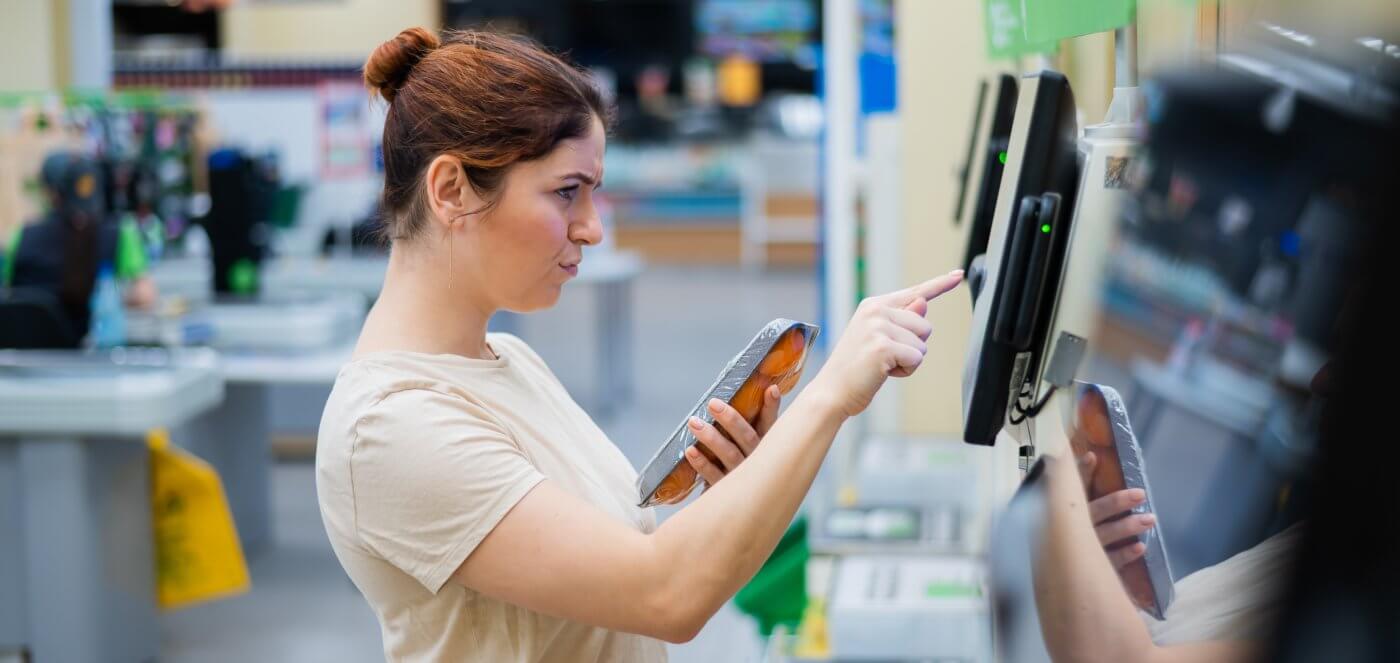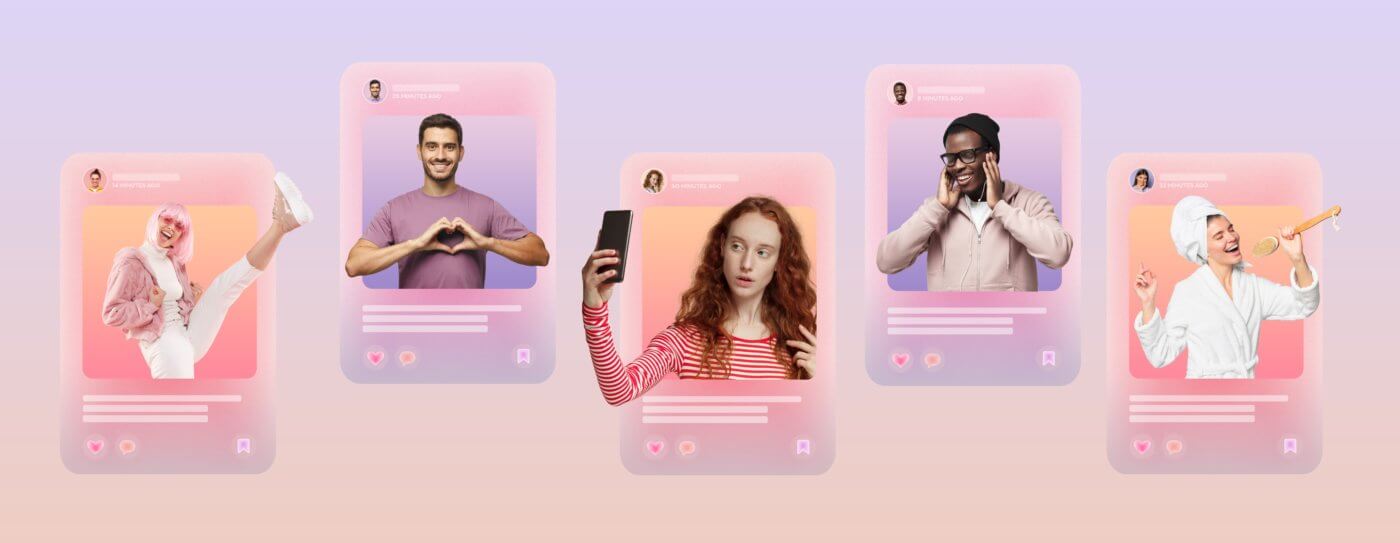Technology as part of the customer experience is everywhere. That isn’t always a good thing. Although there are many ways in which automation and digital experiences have enhanced, expanded, and sped up service, not every touch point is ideally served through tech. In this blog we’ll explore key aspects of the customer experience where a human touch is needed.
A Big Caveat: Context is Key
There’s no “one size fits all” for every retail category or brand. Self-checkouts serve one customer demographic well but fail with another. Loyalty apps may drive growth with some segments but exclude others. We think there are some key moments in which humans are almost universally preferable, but most will depend on several variables.
When Something Goes Wrong
It should go without saying that when a customer is frustrated and needs complicated help, they need human interaction as soon as possible. That human can (and should) be supported by technology, but when a customer is frustrated, they need to be heard. Train chatbots and automated call systems to quickly triage frustrated customers to a human. This is especially important in sensitive categories, such as retail banking or health and wellness.
The Great Debate- Self-Checkouts
Some customers absolutely love self-checkouts while others refuse to use them. Retailers run the gamut from removing all human cashiers, while others swear they’ll never install a single self-pay kiosk. There are a few things to consider.
- Moving to 100% self-serve payments is not inclusive. You’ll have customers who require full-service assistance, and they shouldn’t have trouble accessing it.
- The cost savings on labor versus shrink is not always favorable. A 3 kiosks to 1 staff member ratio kiosk is the maximum recommended to manage (but not totally eliminate) shrink at self-checkouts.
- What does it say about your brand? Apple, one of the world’s leaders in technology, has a high-touch checkout experience with the service rep bringing the payment system to you, rather than pushing you into a queue. Apple understands the importance of a human touch at the moment when the sale is completed and the customer walks out with their product in hand. Human experience is becoming synonymous with better service, while automation removes some of the value for the consumer. In fact, some customers justify stealing at self-checkouts because they’re providing “free labor” to the retailer.
- In some cases, self-service can lead to higher upselling. For example, in foodservice add-ons can be increased by prompts that staff might forget, or which customers may view differently coming from a digital program.
The takeaway is that self-checkouts are not going to work the same way for every retailer. Testing cycles should be conducted over longer periods of time using randomized control trials to get the most valid input before rolling out to an entire network.


Image Source: Shutterstock
Personalized Choices
There are plenty of memes on the internet about ordering something on Amazon and then being inundated by ads for the item you just bought and no longer need. Here’s the thing about personalization: customers want it, but only when it works really well. Otherwise, it’s effectively useless and a wasted investment.
Here are a few things to consider:
- Do you have a platform that is sophisticated enough to leverage data and provide truly customized choices? Sephora, Spotify, and Amazon all do a relatively good job of this, but they’ve invested heavily to get there. Most companies don’t do a good job of providing curated choices because they haven’t invested enough in their platforms to get the results customers want.
- In some categories, there’s nothing like a dedicated person who knows the customer intimately. Luxury brands have built tools to help their sales’ staff deliver high-touch experiences curated to a client’s taste.
- When advice is the offering, a back-end of personalized offers curated by technology is fine… but customers will have questions, and may want further refinements to the offering that can only be delivered by a person.
The takeaway is that to deliver personalized offerings, brands need to invest more in the tools or they’ll end up with something that doesn’t deliver on expectations. A hybrid of human and tech personalization is a winning combo when done well.


Image Source: Neal and Wolf Official Website
Pre-baked Responses
Social media and email are great touchpoints to engage consumers. If they’ve taken the time to respond to a post or send you an email, responding with an automated or templated answer is rude. Here’s a few things to consider:
- Responding directly to the customer’s comment shows them you’re listening. Be specific – if they say they came on Saturday and loved your Eggs Benedict, respond with a comment about the dish, the day, or something to do with brunch. Indie brands know this and are killing it on social media by responding with engaging comments and creating a two-way conversation with their customers.
- Use automated emails to buy time when needed. For example, if a customer emails with a concern, send an automated email that tells them you’ve received their inquiry and gives them a timeline for a human response. Use tone detection to triage the most frustrated customers to the front of the line for a human reply.
- Not every comment or email needs a personal response – however, using templates that sound like they were written by ChatGPT is not going to get you anywhere. Ensure any pre-baked comments and responses sound personal and human and offer variation.
The takeaway is that most companies are wasting important opportunities when it comes to social media and email communications with their consumers. When consumers try to engage and receive automated responses, they’re less likely to engage again in the future. When they get a human response, they feel seen, heard, and valued.


Image Source: Shutterstock
But…Won’t AI Solve All These Problems?
Companies are rushing to figure out how AI and NLP platforms can respond in more human-like ways. The technology will eventually get there – however, there’s a big gap in how companies and customers view AI. In fact, when brands use AI consumers experience a level of moral disgust, especially when the content isn’t flagged as being AI-created. More research needs to be done, but what’s been done to date suggests that consumers place a high value on authentic interactions with brands and AI doesn’t deliver. As governments begin requiring disclosure about AI-generated content, brands will have to be thoughtful about what they delegate to AI and how it’s communicated to consumers.
The Final Word
Customers place high value on human interactions with brands. The reasons include poorly designed and tested automated experiences, lack of sufficient investment, the customers’ need to be heard and seen, the rise of indie brands that engage consumers in an intimate and authentic way, and over-automation creating more friction than ease. Remember, context is crucial. Customers want an omni-channel experience that includes human service and technology at different points in the journey.

